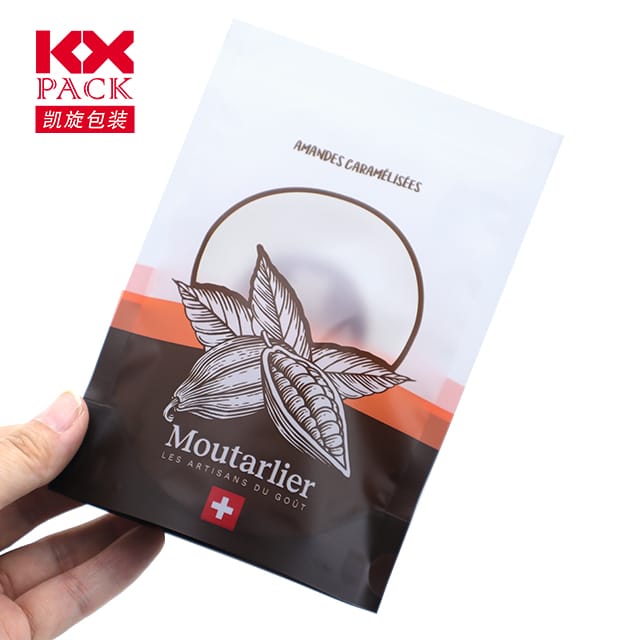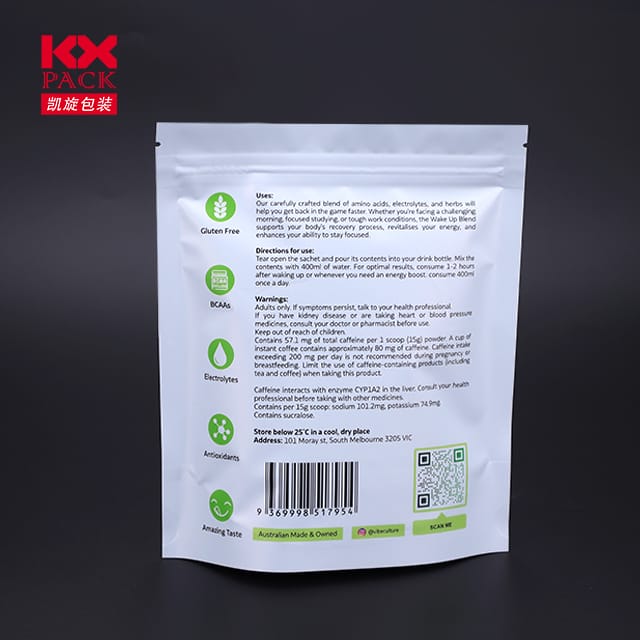Innowacyjne zrównoważone rozwój: Ewolucja filmów opakowaniowych (4)
Filmy opakowania żywności
In an era where convenience meets environmental consciousness, folie do pakowania żywności have emerged as a critical battleground for balancing food safety, okres przydatności, i ekologiczna odpowiedzialność. Te cienkie, Wszechstronne warstwy wykonują coś więcej niż tylko chronią swoje przekąski - odgrywają kluczową rolę w zmniejszaniu odpadów, zachowanie świeżości, i dostosowanie się do gospodarki o obiegu zamkniętym. Let’s dive into the world of food packaging films and explore how they’re reshaping the future of sustainable consumption.
The Role of Food Packaging Films: Beyond Protection
Food packaging films are engineered to serve multiple purposes:
- Ochrona: Barrier properties against moisture, tlen, and light extend product shelf life.
- Wygoda: Easy-to-open seals, resealable zippers, and portion-controlled packaging cater to modern lifestyles.
- Bezpieczeństwo: Tamper-evident designs and antimicrobial coatings ensure food integrity.
- Branding: Vibrant prints and textures help brands stand out on crowded shelves.
Już, traditional films (often made from single-use plastics) have faced scrutiny for their environmental impact. This has spurred a revolution in material science and design.
Sustainable Innovations: From Biodegradable to Compostable
The food packaging industry is embracing eco-friendly alternatives:
- Filmy biodegradowalne:
Made from renewable resources like corn starch, trzcina cukrowa, or potato starch, these films break down naturally within months. Marki lubią BioPak I TIPA are pioneering compostable solutions for snacks, coffee pods, i więcej. - Filmy jadalne:
Imagine a wrapper you can eat! Filmy jadalne, often made from seaweed, gelatin, or plant extracts, are gaining traction for small items like candies or herbs. Firmy lubią Notpla are pushing the boundaries with seaweed-based sachets. - Filmy z zawartością pochodzącą z recyklingu:
Recykling pokonsumencki (PCR) plastics are being repurposed into packaging films, Zmniejszenie polegania na dziewiczych materiałach. Initiatives like the Ellen MacArthur Foundation’s New Plastics Economy are driving adoption. - Inteligentne filmy:
Technology meets sustainability with films that detect spoilage (via color-changing indicators) or extend freshness (through oxygen-scavenging layers). These innovations reduce food waste—a major contributor to global emissions.
Challenges and Trade-offs
While progress is promising, hurdles remain:
- Koszt: Sustainable materials often come at a higher price tag, making adoption slower for small businesses.
- Wydajność: Biodegradable films may lack the durability or transparency of traditional plastics, affecting user experience.
- Infrastruktura: Folie kompostowalne wymagają kompostowni przemysłowych, których w wielu regionach brakuje.
- Consumer Confusion: Mislabeling or unclear disposal instructions can lead to packaging ending up in landfills instead of recycling streams.
Przyszłość: Circular Solutions and Collaboration
The path forward lies incollaboration across industries:
- Material Science: Inwestycja w R&D for scalable, affordable alternatives (NP., mushroom-based packaging, cellulose nanofibers).
- Policy: Governments are incentivizing sustainable packaging through tax breaks or bans on single-use plastics.
- Edukacja konsumencka: Marki lubią Loop are pioneering reusable packaging systems, encouraging a shift from “throwaway” to “return and reuse.”
- Okrągły projekt: Creating packaging that’s easily recyclable, kompostowalny, or biodegradable by design.
Your Role in the Sustainability Journey
As a consumer, you hold power:
- Support brands using eco-friendly packaging.
- Advocate for clearer labeling and recycling infrastructure.
- Reuse or repurpose packaging where possible (NP., turning film scraps into craft materials).
Wniosek: Opakowanie z przeznaczeniem
Food packaging films are no longer just about keeping food fresh—they’re a symbol of our commitment to a healthier planet. By embracing innovation, fostering collaboration, and demanding accountability, we can transform these thin layers into a force for positive change.
The next time you unwrap a snack, ask yourself: Could this packaging be part of a sustainable future? 🌱🍃
What’s your favorite sustainable packaging innovation? Share in the comments! 👇







